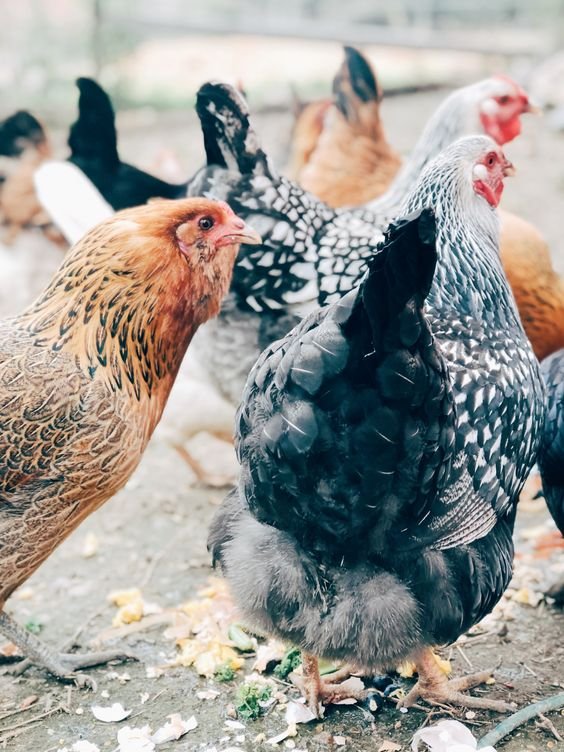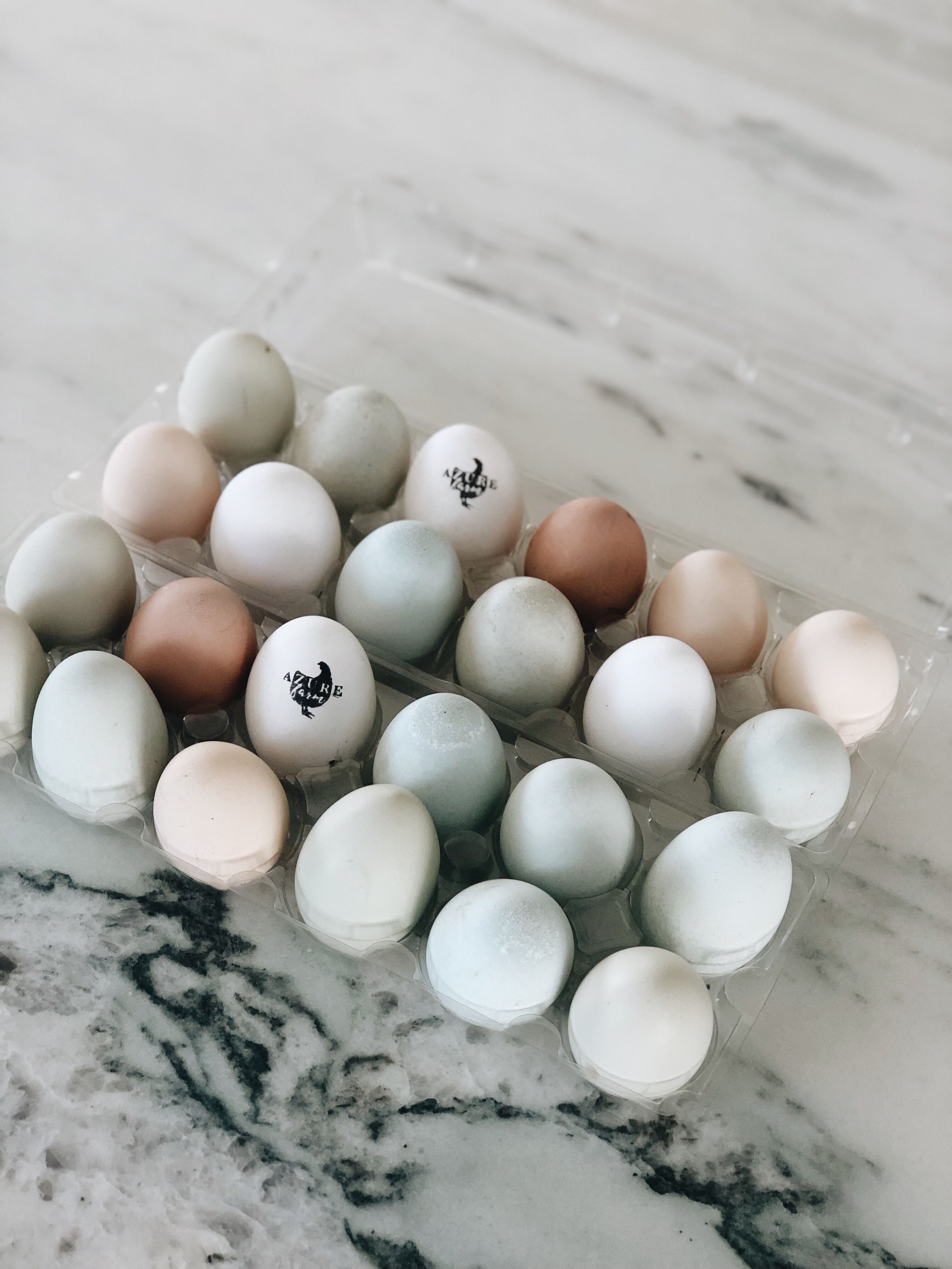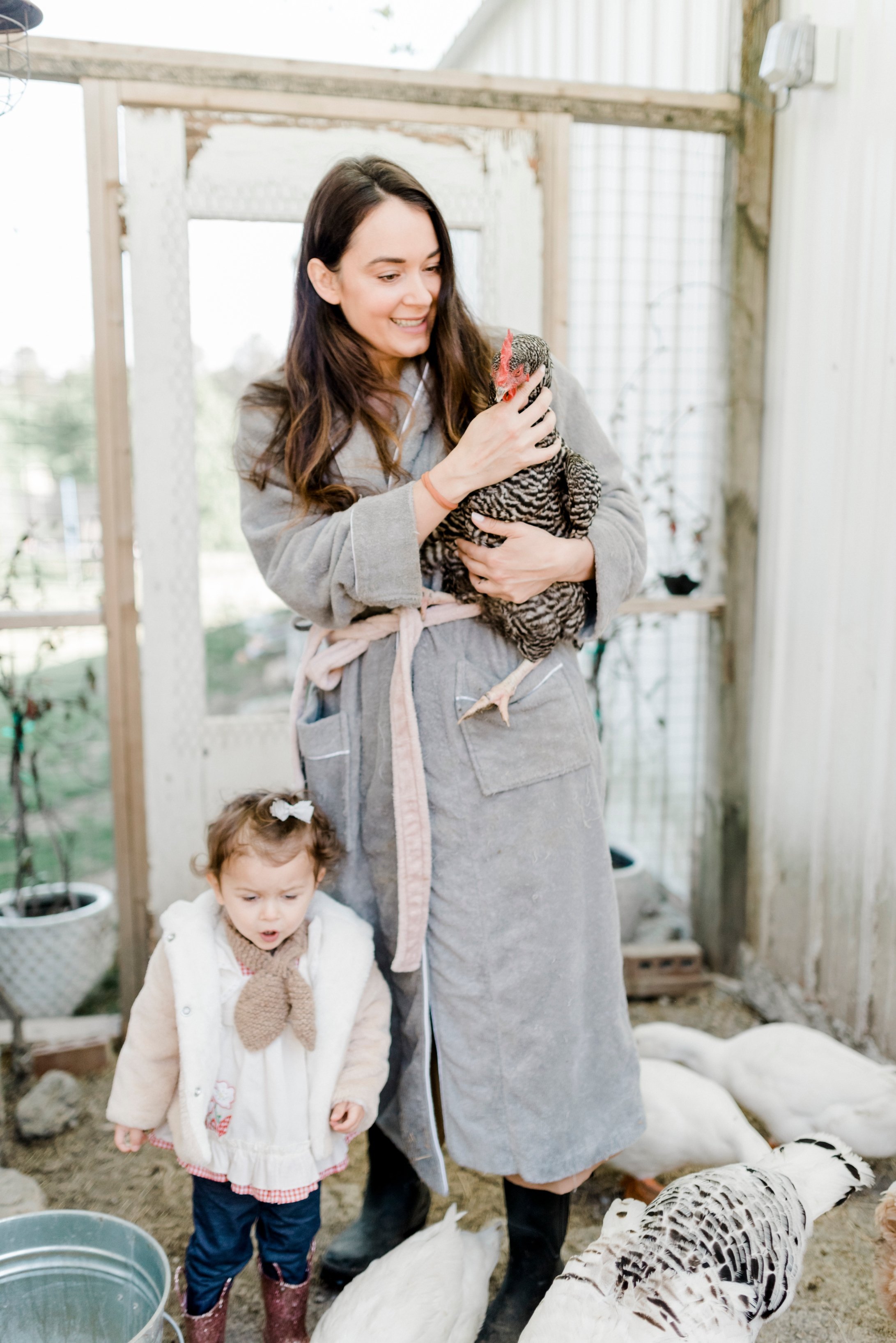How to Choose the Best Backyard Chicken Breeds That are Perfect for Your Family
I often get asked what type of chickens I have and what breeds I would recommend.
First of all, if you are considering adding animals to your homestead or getting some for your backyard, chickens are definitely the best choice to start with!
Our chickens have been the easiest addition to our farm family of all our animals. They are very low maintenance, are not too picky, struggle too much with diseases, or are too expensive to keep.
They are, in fact, a joy to have around and are very entertaining! I always root for getting chickens!
Read on to see what you should consider when deciding which breed of feather friends will suit your environment and purpose the best!
The best backyard chicken breeds for your family
Choosing a chicken breed is difficult because there are so many different types.
The number of chicken breeds is unknown. Hundreds of species exist, including bantam breeds, which are generally smaller versions of chicken breeds.
A good way to narrow down the options is to ask yourself some basic questions and consider the environment the chickens will live in.
1. DO YOU LIVE IN A HOT OR COLD CLIMATE?
Unfortunately, most chicken breeds will thrive better in cold climates. Only a few will really be hardy to hot weather. Therefore you must choose a breed that suits your environment.
These chickens will thrive in colder climates and adapt ok in mixed climates:
If the temperature in your region dips to near freezing, you'll be wanting a chicken that doesn't mind a bit of frost and cold! These are breeds that are generally larger and have thick coats of feathers:
Easter Eggers (mixed-breed chickens crossed at some point with Araucanas or Ameraucanas) have small pea combs, making them an excellent cold-hardy bird. Pea combs have a smaller risk of frostbite than large single-comb types.
Cream Legbars are tolerant to both heat and cold.
Barred (Plymouth) rocks and Brahmas can adapt in heat and cold climates but will do much better in colder climates due to their fluffy feathers and small combs.
Other varieties adapting to mixed climates include Silkies, Cochins, Dorkings, Wyandottes Sussex, Marans, Ameraucana, Buff Orpington.
These chickens will adapt better in a hotter climate:
Not many chickens are bred to live comfortably in very hot regions. As a general rule of thumb, chickens with large combs and wattles are best suited to warm environments.
Rhode Island Reds
New Hampshire Reds
Wellsummer
White Leghorn
Minorca
Naked Necks.
Although chickens are very adaptable to weather changes, they will be at their most comfortable around 55 - 75° Fahrenheit. Extreme high summer temperatures can cause heat stress, or even halt their egg-laying process.
You may need to assist them to keep cool in the summer. You can do this by adding electrolytes to their water, installing a fan in the coop, having some sort of shade or coverage, offering small pools of water, and treating them with frozen treats to cool them down.
2. WHAT DO YOU WANT CHICKENS FOR?
This is the biggest question you need to ask yourself before choosing your breeds.
People get chickens for various reasons, but most commonly include:
They want fresh eggs daily, a unique family pet, or they want chickens for their meat supply or a combination of any of these!
Breeds for a good supply of eggs:
Rhode Island Red hens produce a steady supply of eggs. They lay an average of 250-300 eggs per year.
Barred Plymouth Rocks are steady layers of large, light brown eggs. Expect to get between four and five eggs each week while they're actively laying.
Buff Orpingtons lay an average of 200-280 eggs per year.
Other varieties also providing a good supply of eggs - Leghorns, Sussex, Welsummer, Wyandotte.
Breeds for beautiful colored eggs
Consider these breeds if you want a cluster of gorgeous colored eggs on your table or for fun projects.
Easter Eggers can lay a rainbow of egg colors! The most common is green or blue, but they can also range from pink, to tan, to purplish! You can expect at least 4 eggs per week from these gals.
Marans lay dark chocolate brown eggs, which range from medium brown (blue copper), dark (cuckoo), to very dark chocolate brown (black copper Marans). They are good layers, laying at least 3 large eggs per week.
Ameraucanas lay different shades of blue eggs with an average of about 3 to 4 per week.
Crested Cream Legbars are highly sought after for their bright blue-green eggs. They will lay about 4 to 5 medium-size blue eggs per week.
Docile breeds for family pets
If you're looking for a family pet that will love to sit on your lap, come running after you and not become stressed by the sight of a toddler, these are some breeds that are the most docile and friendly:
Barred Plymouth Rocks (Barred Rocks) are sweet, curious, intelligent, quirky birds, and great with kids.
The Buff Orpington is the quintessential backyard chicken known for being very docile, patient, friendly, and good with kids.
Black Copper Marans, Blue Copper Marans, or Cuckoo Marans are known to have great temperaments and are easy to handle.
Easter Eggers are usually very friendly and docile.
The Brahma is another friendly breed and is a popular addition to your backyard chicken coop. They can be picked up and held without fuss, will sit on your lap, and follow you all around.
Silkies are perfect for beginners, or as pets They are a delightful breed and just the sweetest! They get along well with kids and other breeds.
Ameraucanas are docile but also very alert and predator savvy. They may be more skittish and not enjoy cuddles as much as some chicken breeds.
Roosters of any breed are naturally aggressive. They may not be suitable for the children or to have around in a small backyard.
These breed characteristics are only guidelines, and individual bird personalities and behavior can still differ and vary.
Good table birds
We don't eat meat and purely have our chickens around for pest control and enjoyment. However, if you want to keep chickens for meat, here are some breeds you can consider:
Leghorns, Brahmas, Orpingtons, Jersey Giants and Houdans
Dual-purpose breeds (eggs and meat)
If you're after chickens that are productive egg layers and also have enough meat to be a good table bird, these breeds are good options:
Plymouth Rocks, Orpingtons, Australorps, Wyandottes, Rhode Island Red
3. HOW MUCH SPACE DO YOU HAVE FOR YOUR CHICKENS?
Deciding on which breeds to keep will also depend on the amount of space you have.
Some breeds are perfectly happy roaming around a small backyard area or in a run enclosure, while others like to forage and free-range across a vast space.
A general space guideline for your run and coop:
Bantams (miniature poultry) will need 5 square feet in the run and 2 square feet each in the coop
Standard-sized chickens will each need at least 8 square feet in the run and 4 square feet each in the coop.
The extra-large breeds will each need a minimum of 15 square feet in a run and 8 square feet each in the coop.
Breeds that are happy to roam around in a small space include:
Orpingtons are heavier, so they are less flighty once they've reached maturity and will be ok with a smaller area.
Silkies are bantams, so they will do fine in the backyard or a small space. Some people even keep them in their homes!
Brahmas are not that active foragers and handle confinement well. This makes them great for smaller spaces.
Australorps and Leghorns will also adapt ok in smaller backyards.
Breeds that need larger areas to forage and spread their wings:
Plymouth Rocks can take well to "confinement" but are happiest when they can range freely.
Rhode Island Reds are active foragers, so they will be happiest when they have loads of ground to forage.
Extra-large breeds such as Jersey Giants and Brahmas. These are huge birds, so everything needs to be bigger for them.
Ancona, Hamburg, and Wyandottes need larger free-range spaces.
No matter what chicken breeds you choose, I still advise giving them ample free-range time. It is always better to provide too much space than too little.
If chickens are cooped up for too long, they will get cabin fever and become aggressive towards each other. Or even start pulling out their feathers and lay fewer eggs.
5. Broodiness
Allowing your hens to sit on a clutch of eggs and hatch and raise their own chicks is one of the most exciting things to experience! I love watching my hens attending to their chicks!
If you want hens with good mothering instincts to keep your flock growing, here are breeds known to be broody.
Silkies are breeding queens and make great chicken mamas!
Buff Orpingtons are also broody, which means they'll want to sit on and hatch eggs. They tend to make excellent mothers!
Ameraucanas are broody pretty much constantly.
Australorps are broody most of the time, they are great mothers!
The Brahma is a gentle giant and another wonderfully sweet and broody breed.
I hope I have given you some guidance on how to choose the best backyard chicken breeds for your family. As with all things farming, it is trial and error and different for everyone.
These are only a few suggested breeds, there are loads more to choose from, so if you are unsure, ask your local breeders and do some extra research.
Love, Annette xx
You can learn more here about raising chickens:
How to care for baby chicks: A human vs hen mama comparison
Caring for chickens 101 - A beginners guide
PIN FOR LATER









